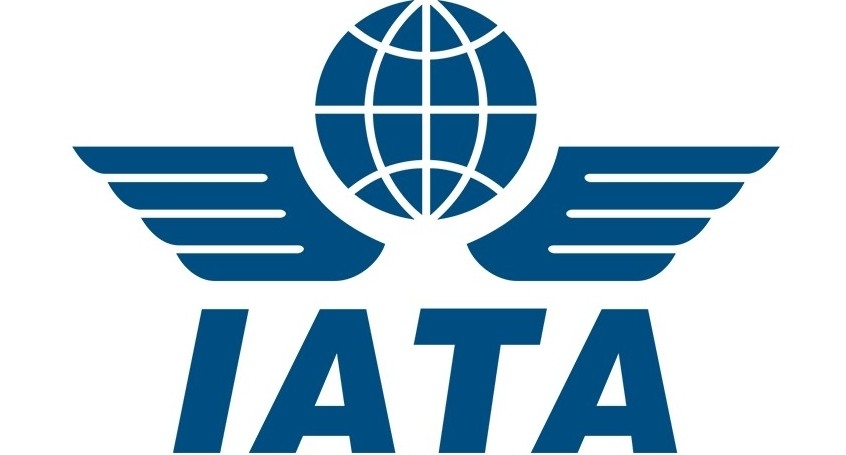African carriers’ freight demand nosedives to 8.3% in July’18: IATA
The International Air Transport Association (IATA) released data for global air freight markets showing that demand, measured in freight tonne kilometres (FTKs), rose 2.1 percent in July 2018, compared to the same period the year before. This was the slowest pace of growth seen since May 2016

Aug 29, 2018: The International Air Transport Association (IATA) has released data for global air freight markets showing that demand, measured in freight tonne kilometres (FTKs), rose 2.1 percent in July 2018, compared to the same period the year before. This was the slowest pace of growth seen since May 2016 and well below the five-year average growth rate of 5.1 percent. Freight capacity, measured in available freight tonne kilometres (AFTKs), grew by 3.8 percent year-on-year in July 2018. This was the fourth time in five months that capacity growth outstripped demand growth.
African carriers saw freight demand contract by 8.3 percent in July 2018, compared to the same month last year. This was the fourth time in five months that demand contracted. Capacity decreased by 0.7 percent. After a surge in international FTK volumes last year, seasonally-adjusted international freight volumes have now trended downwards at an annualised pace of 18 percent over the past six months. This reflects a softening in demand on markets to/from Asia and the Middle East.
While the temporary grounding of the Nippon Cargo Airlines fleet may have exaggerated slowdown in growth globally at the beginning of July. there are three indications that slower growth will continue. The inventory re-stocking cycle, which requires quick delivery to meet customer needs, ended at the beginning of the year. There has been a broad-based weakening in manufacturing firms’ export order books. Specifically, export order books in Europe started weakening in February and have fallen in China and Japan in recent months. Longer supplier delivery times are being reported by manufacturers in Asia and Europe, the top two global trading areas by volume.
"July demand for air cargo grew at its slowest pace since 2016. We still expect 4 percent growth over the course of the year, however the downside risk has increased. The tariff war and increasingly volatile trade talks between the world’s two largest trading nations – China and the US - are rippling across the global economy putting a drag on both business and investor sentiment. Trade wars only produce losers," noted Alexandre de Juniac, IATA's director general and CEO.

All regions reported year-on-year demand growth in July 2018, except Africa which contracted. All regions, except Africa and Latin America, reported that capacity growth exceeded growth in demand.
Asia-Pacific airlines saw demand for freight lose momentum in July 2018. Growth slowed to 0.9 percent compared to the same period last year. Capacity increased by 3.9 percent. As the largest freight-flying region, carrying one-third of the total, the risks from protectionist measures impacting the region are disproportionately high.
North American airlines’ freight volumes expanded 2.6 percent in July 2018 compared to the same period a year earlier. Capacity increased by 4.0 percent. The recent momentum of the US economy and the US dollar has helped strengthen demand for air imports. A sharp pick-up in supply chain bottlenecks, which is typically alleviated by the speed of air freight, may also be benefiting the demand.
European airlines posted a 2.6 percent increase in freight volumes in July 2018. This is a significant slowdown from the five-year average annual growth rate of 5.6 percent. Despite this and the weakening of manufacturers’ order books, seasonally-adjusted air freight volumes have resumed their upward trend in recent months. Capacity increased 4.4 percent.
Middle Eastern carriers’ carriers posted the fastest growth of any region in July 2018 with an increase in demand of 5.4 percent compared to the same period a year earlier. Capacity increased 6.3 percent. Seasonally-adjusted freight volumes continue to trend upwards, however, at a comparatively modest pace by the region’s standards.
Latin American airlines experienced a slowdown in freight demand growth in July 2018 to 3.0 percent. This was only a quarter of the growth rate seen in June 2018 (11.4 percent) but still above the 5-year average pace of 2.1 percent. Capacity decreased 7.8 percent.


